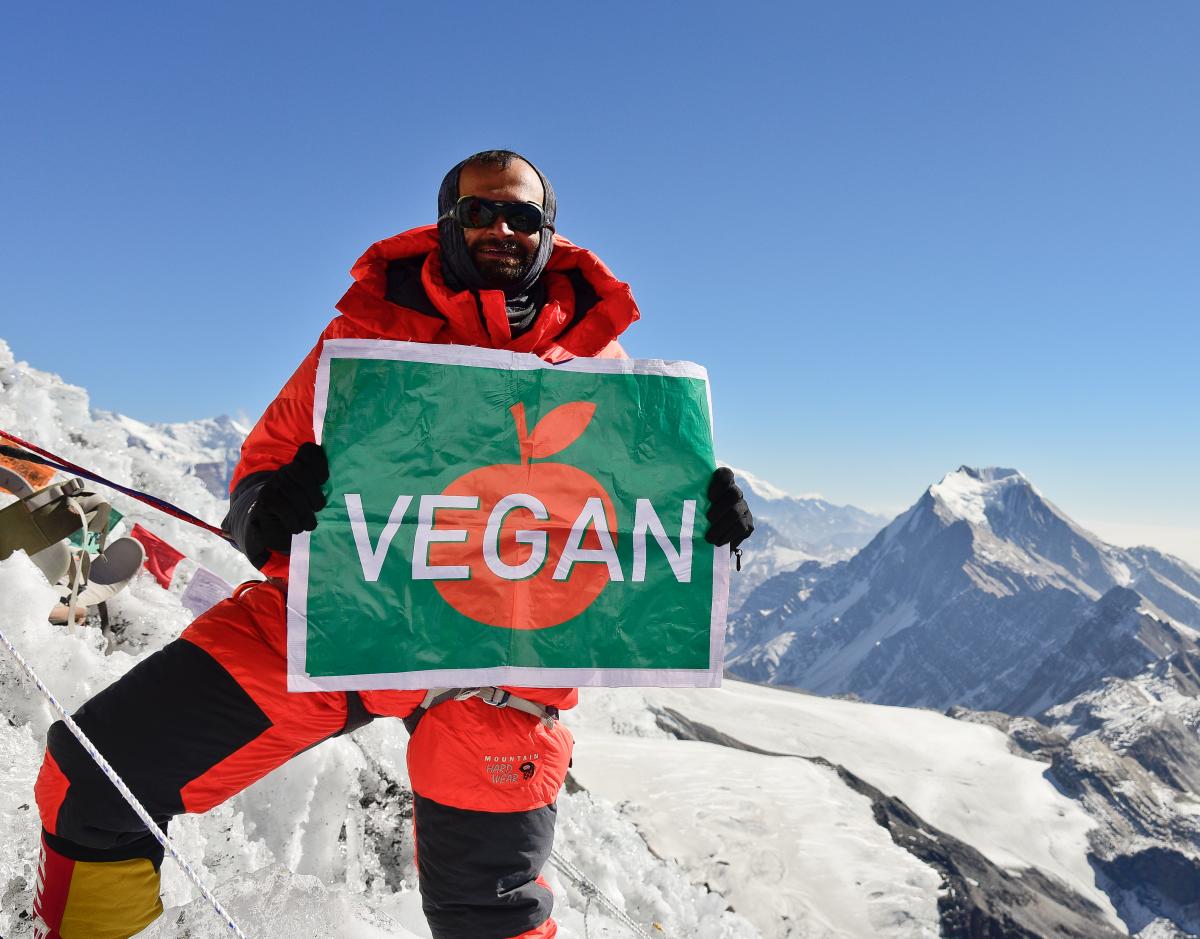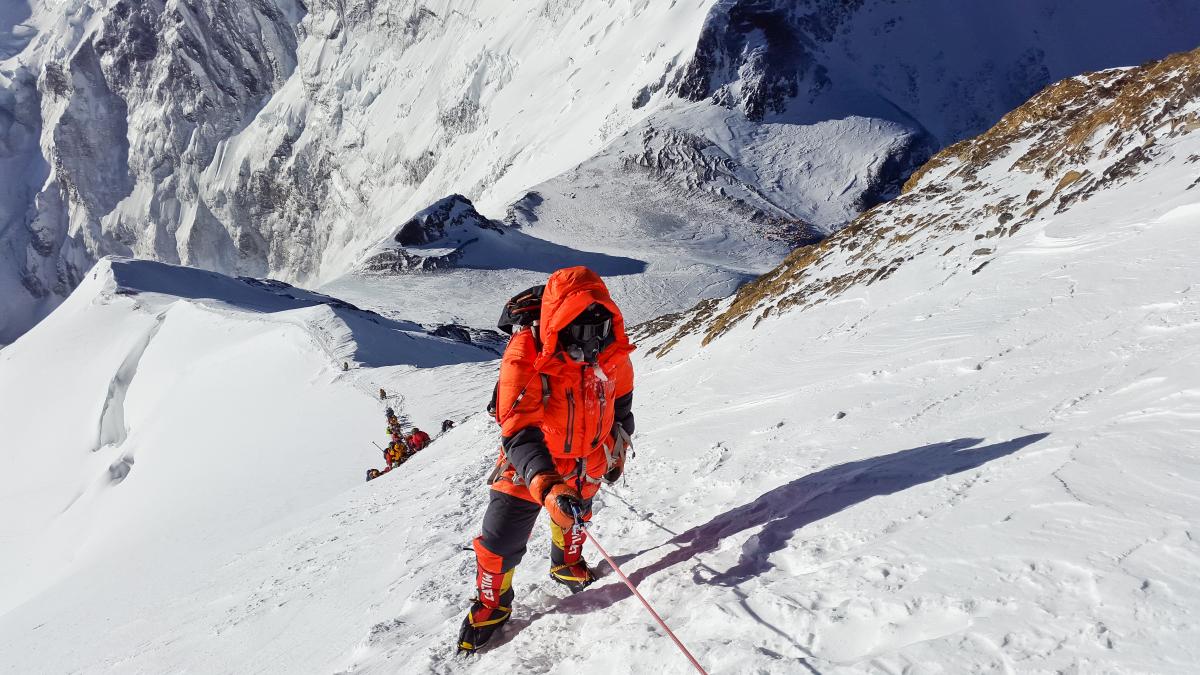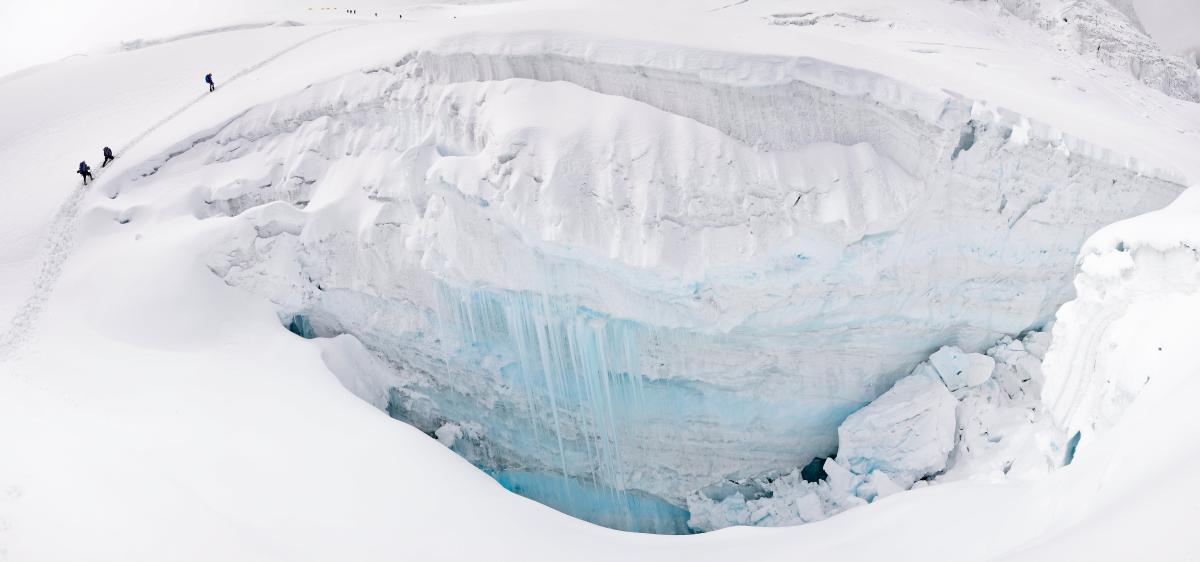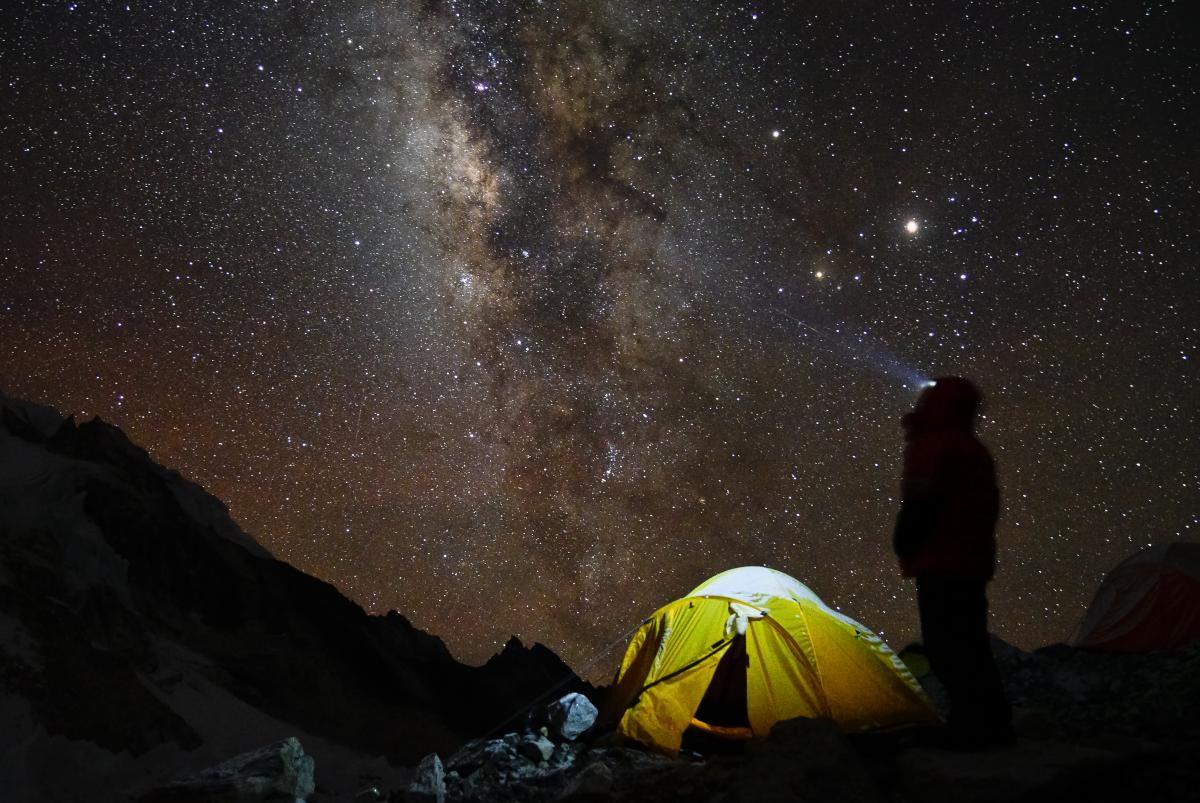Click here for the Original Article on The Vegan Society
I went vegan 14 years ago in late 2002. It has been an awesome journey, and one which has changed my entire life.

I was raised vegetarian, but this was for religious reasons rather than choice. When I went to university, my roommate exposed me to the horrors of the dairy and leather industry. I could not reconcile my thoughts with my actions – as a vegetarian I always thought I was taking care of the animal world. However, once I realised about the cruelty, I quickly went vegan.
I donated all my leather and woollen items to a homeless guy living near my place. I replaced all my dairy products with vegan versions, and stopped eating non-vegan food. For the next few months my life was a bit of a struggle, however compared to the cruelty towards billions of animals every year this was no struggle at all – just an adjustment phase. This was the first time in my life when I took a strong stand on a major issue, and this opened the floodgates of change.
In the next few years, I got rid of prejudices I held such as homophobia, racism and sexism. These introspective years were some of the most fruitful of my life, and made me the person who I am today. It all started with taking a stand for animals!
The Everest dream
I’ve been fascinated by Everest since I was a teenager. At that point I had no clue what it takes to climb Everest – I just wanted to stand on top of the world. One day in 2009 I was on a chance trip to the Himalayas with my super-supportive wife. We hiked to the summit of a small peak called Hatu Peak. That was it. I realised that mountains were my calling. And since that day, I haven’t looked back.
“I remember realising I was just 20 metres away from the summit…for the first time in 40 days I felt emotional. I felt relieved. And then I have no idea what happened – I just started crying out loud. And for the next ten minutes as I made my way towards the summit I couldn’t stop crying. I had finally made it to the top of the world. I had lived this day in my dreams for eight years, and then it became reality.”
That was when I decided to start training hard to achieve the dream. I have no reasonable answer to the question I get asked often: “Why climb Everest?” I cannot describe why. But this quote by Scott Jurek, the famous vegan ultra-marathoner, may answer your question: “The longer and farther I ran, the more I realised that what I was often chasing was a state of mind, a place where worries that seemed monumental melted away, where the beauty and timelessness of the universe, of the present moment, came into sharp focus.” This is a state of mind I effortlessly attain when I’m climbing mountains.

Physical and mental
I understood that climbing the tallest mountain in the world would be one of the toughest challenges, and that I needed to be in the best physical and mental shape of my life. I trained hard six days a week, using a mix of cardiovascular training, strength and functional training, and high intensity interval training. Examples of workouts I did were climbing flights of stairs 300 floors up and down, running 20km and hiking for 18 hours.
A big aspect of succeeding in mountaineering is mental toughness. I think the key to attaining mental toughness is to put yourself in difficult situations to confront and overcome your fears. So I spent a significant portion of the year climbing mountains in the Himalayas, but at home I continued doing mental training. For example, I went on long hard treks without drinking any water or eating any food. The idea is that things can go wrong when climbing a mountain such as Everest. You can get lost, or run out of food and water, so it’s smart to train for these situations.
To begin with, I lacked the mental fitness to get to the top. My biggest weakness was homesickness. I would go on a climb, and about halfway through I would think about my father or my wife and come up with excuses to come home. In order to make it to the top of Everest, I had to emotionally detach myself from my family and friends to some extent. I would go on climbs and rarely call home.
Even when I was at home I would switch off from family life. I had zero personal life. Now that I have climbed my dream mountain I realise the cost I have paid. I didn’t die. I didn’t lose fingers. I didn’t even burn my face. But now that Everest is no longer in my life, there’s a huge amount of emotional emptiness, and that’s the price I paid.
“About 15 years ago my father was diagnosed with Lewy Body dementia…even though my dad is alive today, he doesn’t recognise me or even remember my name. After experiencing the effects of the illness on my father, and the rest of our family, I decided to use my journey to Everest as a platform to raise awareness for this crippling disease.”
The very top
I remember realising I was just 20 metres away from the summit. I could see climbers taking photos, prayer flags fluttering in strong wind, and Mingma Tenji Sherpa, my dear friend, standing and waiting for me to step foot on the summit.
For the first time in 40 days I felt emotional. I felt relieved. And then I have no idea what happened – I just started crying out loud. And for the next ten minutes as I made my way towards the summit I couldn’t stop crying. I had finally made it to the top of the world. I had lived this day in my dreams for eight years, and then it became reality.
The hardest part was to stay focused and come back down safely in one piece. In the end, a successful mountain climbing expedition is a round trip. It is not a one way mission. Reaching the top is optional, however getting back down alive and in one piece is mandatory.

Raising awareness
My climbs are a way of spreading the vegan word, of showing that it is possible for vegans to climb big mountains, and to break stereotypes about plant-based diets. However, I also want to raise awareness of dementia. About 15 years ago my father was diagnosed with Lewy Body dementia – a form of dementia that shares degenerative characteristics with both Alzheimer’s and Parkinson’s.
Even though my dad is alive today, he doesn’t recognise me or even remember my name. He doesn’t have the ability to make new memories. Ten years ago I became his primary caregiver when the disease finally stole the last of his independence. After experiencing the effects of the illness on my father, and the rest of our family, I decided to use my journey to Everest as a platform to raise awareness for this crippling disease.
All through the hardest times on my Everest journey, at points when I had not an ounce of energy left in any cell in my body, I never lost sight of my goal. I had a limitless source of strength and inspiration to tap into: I was climbing for those who no longer could. Every time I’m in a difficult situation in life or on the mountain, I always think about my dad, and all the dementia patients in the world, and all the caregivers, and that inspires me to go beyond all limits.
By Kuntal Joisher
Photography by Kuntal Joisher and Mingma Tenji Sherpa.
Would you like to write for our blog? Read our guidelines and then send your pitch to web@vegansociety.com.
